Just ahead of Super Tuesday, voter registration hits an all time high in Texas. We’ll look at what the new record setting numbers add up to. Other stories we’re tracking: governor Abbott’s decision to stop accepting refugees, widely panned by big city mayors and major newspaper editorial boards. We’ll hear why its playing out in somewhat unexpected ways in Amarillo. And Politifact Texas marks 10 years separating fact from fiction. All of those stories and more today on the Texas Standard:
myths
Three Texas Myths That Won’t Die
In my travels around the state I run into people now and then who have deeply held convictions about Texas that are simply untrue. They hold to myths that have been nurtured by well-intentioned souls since San Jacinto days, and it breaks my heart to tell them they are mistaken, but not for long. I soon realize, you see, that they are not saddened by their error, but by mine. As one man told me, “Son, you need to get out more. Try reading a book or two.”
With that caveat staring me icily in the face like Val Kilmer as Doc Holliday in Tombstone, I will forge ahead and tell you about three such myths that just won’t die.
First up is the widely held belief that Texas is the only state in the union that was its own country first. This is not so. Four years before California became a state it was the California Republic, for about 3 weeks. True, there was no armed revolution—no Alamo—no grand battle, like San Jacinto, where they defeated a maniacal dictator, but nonetheless, it was a bonafide republic for an ever so brief time. It didn’t have a constitution, but it did have a flag, and according to Eddie Izzard’s law of nation building, the flag is more important. The flag showed a grizzly bear and a lone red star, influenced by the white lone star on the Texas flag. The Republic didn’t survive, but the flag did. It became the basis of California’s modern state flag.
Hawaii was both a kingdom and a republic before becoming a state, though Hawaiians were not as enthusiastic about statehood as were Texans and Californians. For four years, Florida was an independent country called Muskogee, and Vermont, for 14 years, was an independent republic as well, beating Texas’ record by four years.
Another widespread myth is that Texas can, by law, divorce herself from the U.S. anytime she wants. Many insist that this is in the Texas Constitution or in what some call the “Treaty of Annexation” papers. But it’s not there. I’ve looked, with a magnifying glass and searched the marginalia of both documents. I’ve searched for the smallest of print. It’s not there. No hint of such an idea. But, we can divide ourselves into up to five states if we wish. We would get ten senators that way. Wonder what we’d name those five states were we to do it? Probably just North, South, East, West, and Central Texas. Though we could get creative? I’m against doing it, but I’ll take hypothetical suggestions?
A third myth I hear about quite often is that Texas should have kept her wealth and remained an independent country. Well, it’s a romantic idea that I’ve often longed for myself, but it wasn’t practical. First, in the 1840s, we were poor, dirt poor—better known as land poor. Sure we had oil and gas, but nobody knew about that yet and there was no market for it anyway. All we had was vast amounts of land to manage—300 thousand square miles—and a population of 50,000 people to try to protect it. No money, no treasury, no military to speak of. The Republic could barely pay the Texas Rangers, and was often quite late in paying them. Mexico regularly sent armies into the state to rattle their sabers and terrorize the citizens, making them feel that Mexico could retake Texas at any moment. The Comanches and Apaches were often on the warpath across the Western frontier. Texans wanted security and investment and jobs and capital. The fastest way to get it was to join the United States. So they did, with 94 percent of Texans voting in favor of it. Ultimately, we became rich by virtue of joining the union. And so did the U.S.
One other widely held belief is that a real Texan doesn’t put beans in chili. This one is actually absolutely correct. You can put beans in chili if you want to, but you cannot then legitimately call it Texas chili. You don’t mess with Texas and you don’t mess with Texas chili.
Debunking Myths Behind Different Learning Styles
Are you an auditory learner or a visual learner? If you answered “yes” you would be right. That’s because we use all our senses to learn and process information. In this edition of Two Guys On Your Head, Dr. Art Markman and Dr. Bob Duke dispel the myths behind learning styles preferences: they don’t really exist. Our reliance on the theories of learning styles to explain our success or failure of understanding certain information is actually serving our human need to put things into categories – combined with our need to explain things when they don’t work.
